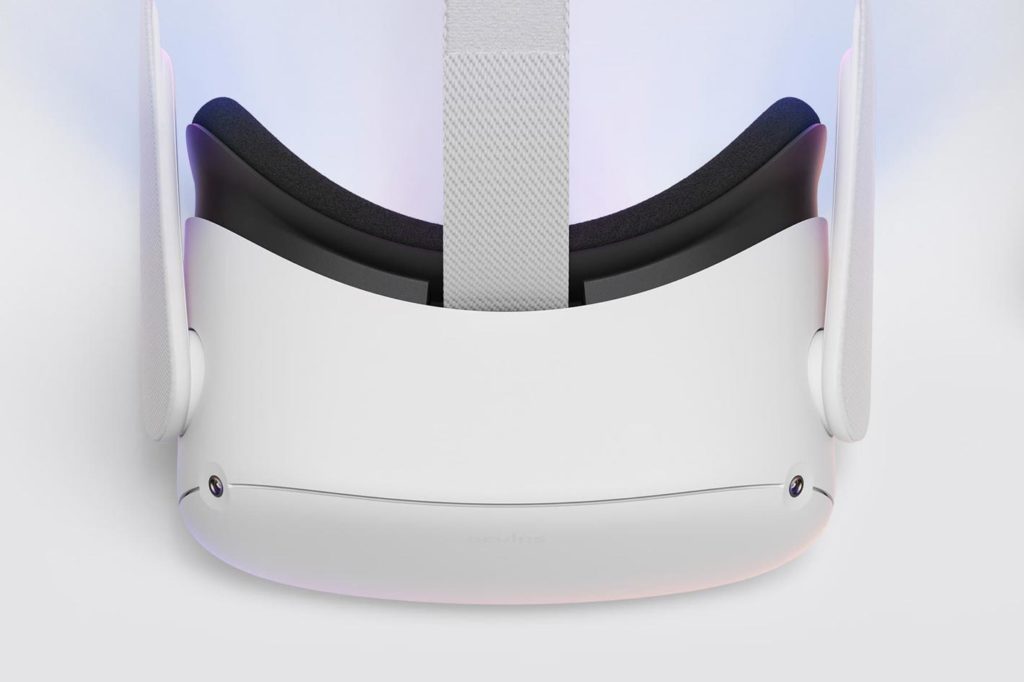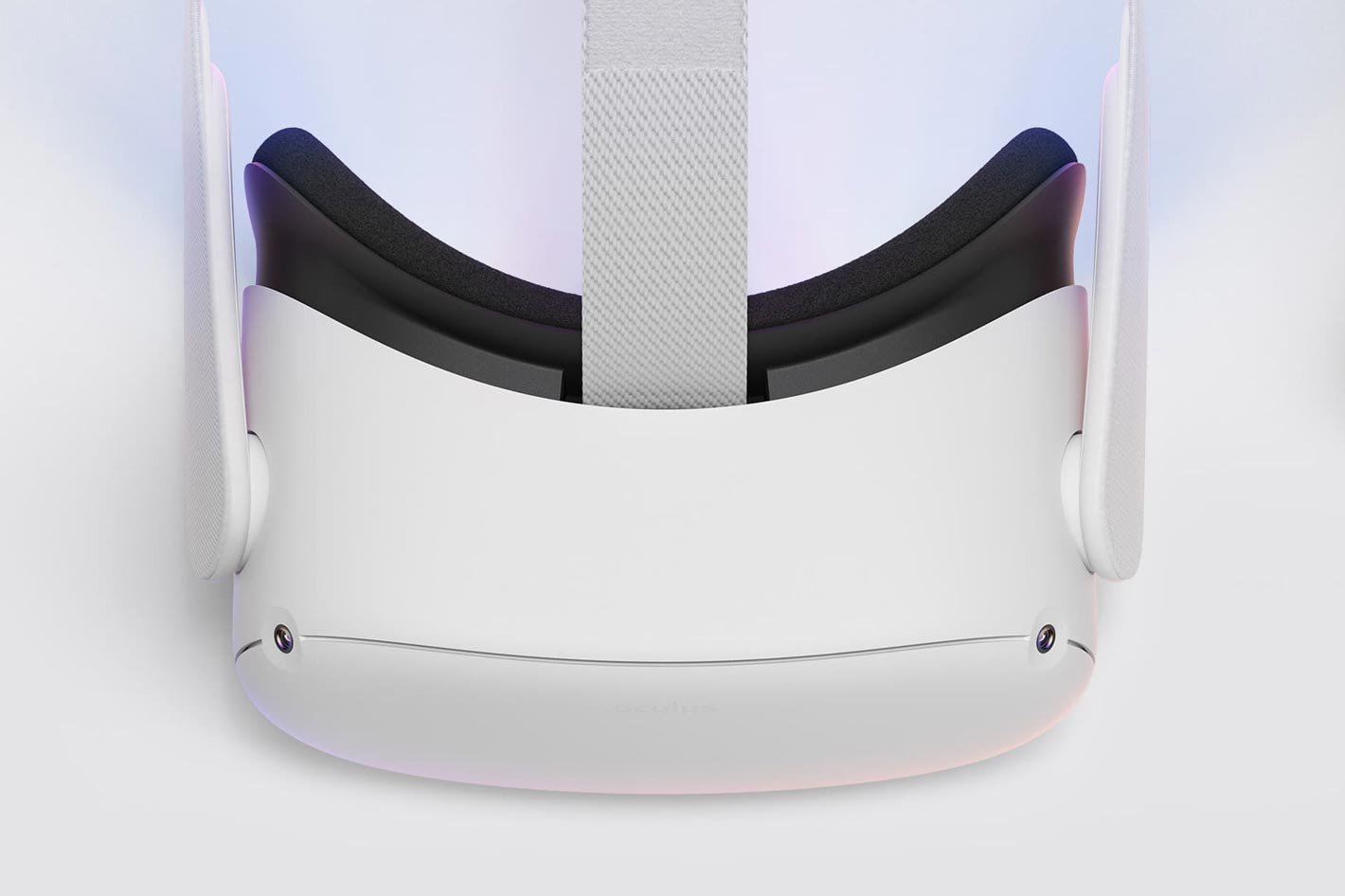 Offering 1832 x 1920 pixels per eye and powered by Snapdragon XR2, the new Oculus Quest 2 VR headset offers a display that is almost 4K, ideal for viewing movies… and it costs only $299.
Offering 1832 x 1920 pixels per eye and powered by Snapdragon XR2, the new Oculus Quest 2 VR headset offers a display that is almost 4K, ideal for viewing movies… and it costs only $299.
The Facebook Connect event – which is the new name for what was until last year the Oculus Connect show – was the stage used by Facebook to reveal its Oculus Quest 2, presented as the next generation of all-in-one VR. This marketing note is not completely true, though, because, in fact, to get the best experiences in VR, you still need to use a cable, the Oculus Link – or is it Facebook Link? – to access the power only a computer can offer.
There is no doubt that the Quest 2 takes the whole concept of the original Quest a step further, starting with what is mostly needed: a powerful processor. The Qualcomm Snapdragon XR2 used represents a multi-generational leap in processing power, offering higher AI capability, and 6GB of RAM. This allows the Quest 2 to offer a new display that features 1832 x 1920 pixels per eye – for a total “screen” of 3664 x 1920 – which represents about 50% more pixels than the original Quest.
Oculus Quest 2 is a culmination of years of collaboration between Qualcomm Technologies and Facebook to create what the companies say is “the most advanced and immersive gaming VR experiences for consumers to-date.” While this may sound like the future, the truth is that the Quest 2 continues to compress images to get PCVR experiences running, and the higher screen resolution of the headset, as some have confirmed, only makes the compression more noticeable.
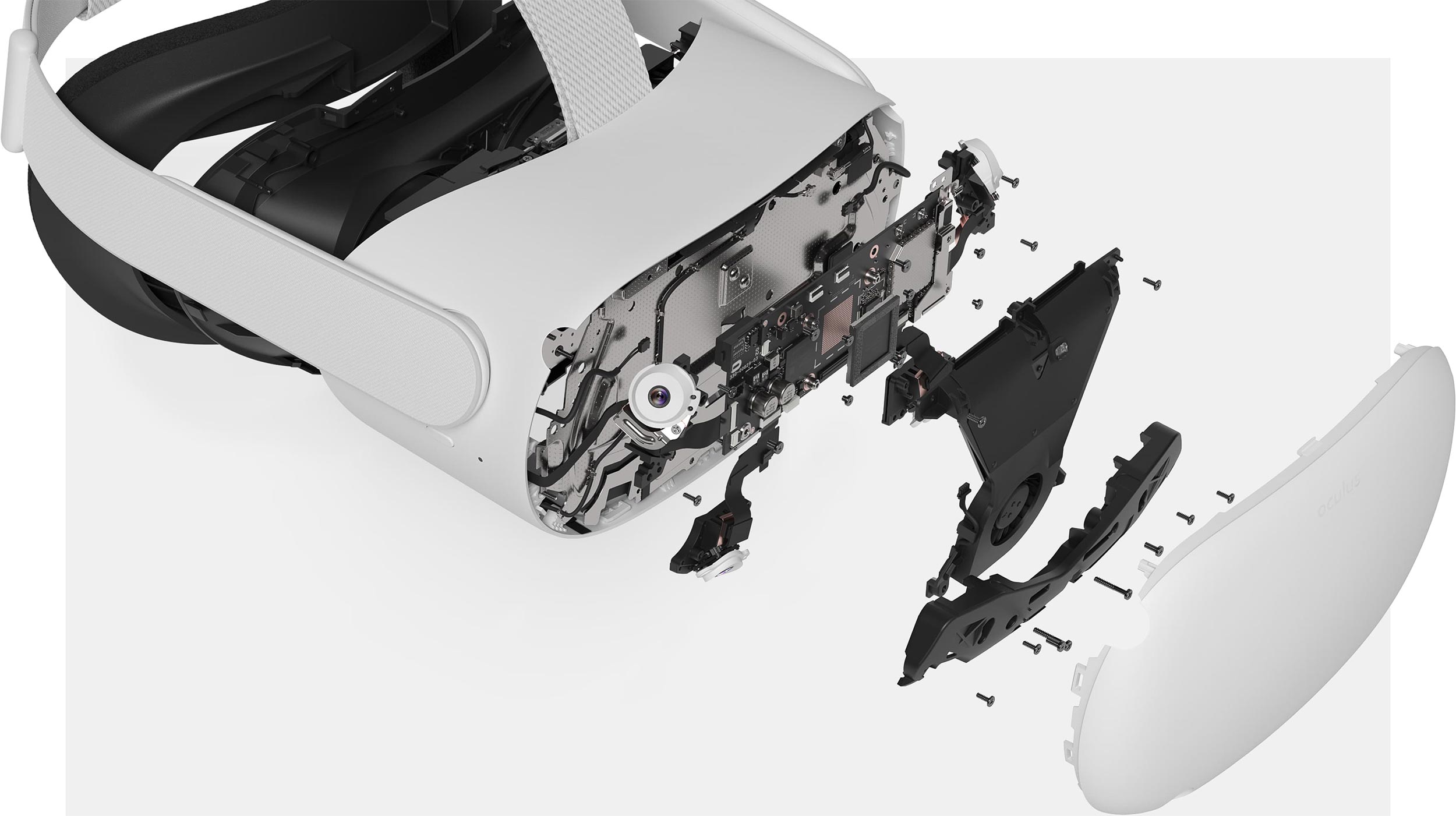 Only $299… and then some extras!
Only $299… and then some extras!
It’s true that the price is a key factor for the Oculus Quest 2, and Facebook knows it: the base headset costs, $299 (for the 64GB version), less $100 than the Quest at launch, and that may help to sell units, when they become available, mid- October. But users should be prepared to spend some extra money on a – decent – headstrap, as the one provided with the Quest 2 – which looks similar to the one used in the now defunct Go – is not the best in terms of comfort for long periods of use
To solve – partially – the comfort problem of the original Quest and this new version, Facebook introduces an Elite Strap that makes the Quest 2 more comfortable to use, for which you’ll have to pay $49. There is also the Elite Strap with battery accessory, which delivers double the playtime with increased balance and ergonomics, which will cost $129. You should also note that if you want to connect your Quest 2 to a PC you need to buy the Oculus Link cable – which costs $79 – or try one of the more accessible cable solutions from other brands.
So, if you want the Oculus Quest 2 to be more comfortable, last longer and connect to a PC, you need to pay $299, plus $79 for the Oculus Link cable and $129, if you want the strap with extra battery. That’s a total of $507 for the 64GB version of the headset, or $607 if you buy the 256GB version of the Quest 2. Yes, the Quest 2 is both a completely untethered and tethered VR headset, but it does not compete, in terms of graphic quality, with what a real PCVR headset can offer. We saw this with the Oculus Rift S, which was the last PCVR headset from Facebook, as the company believes Quest is the way to go.
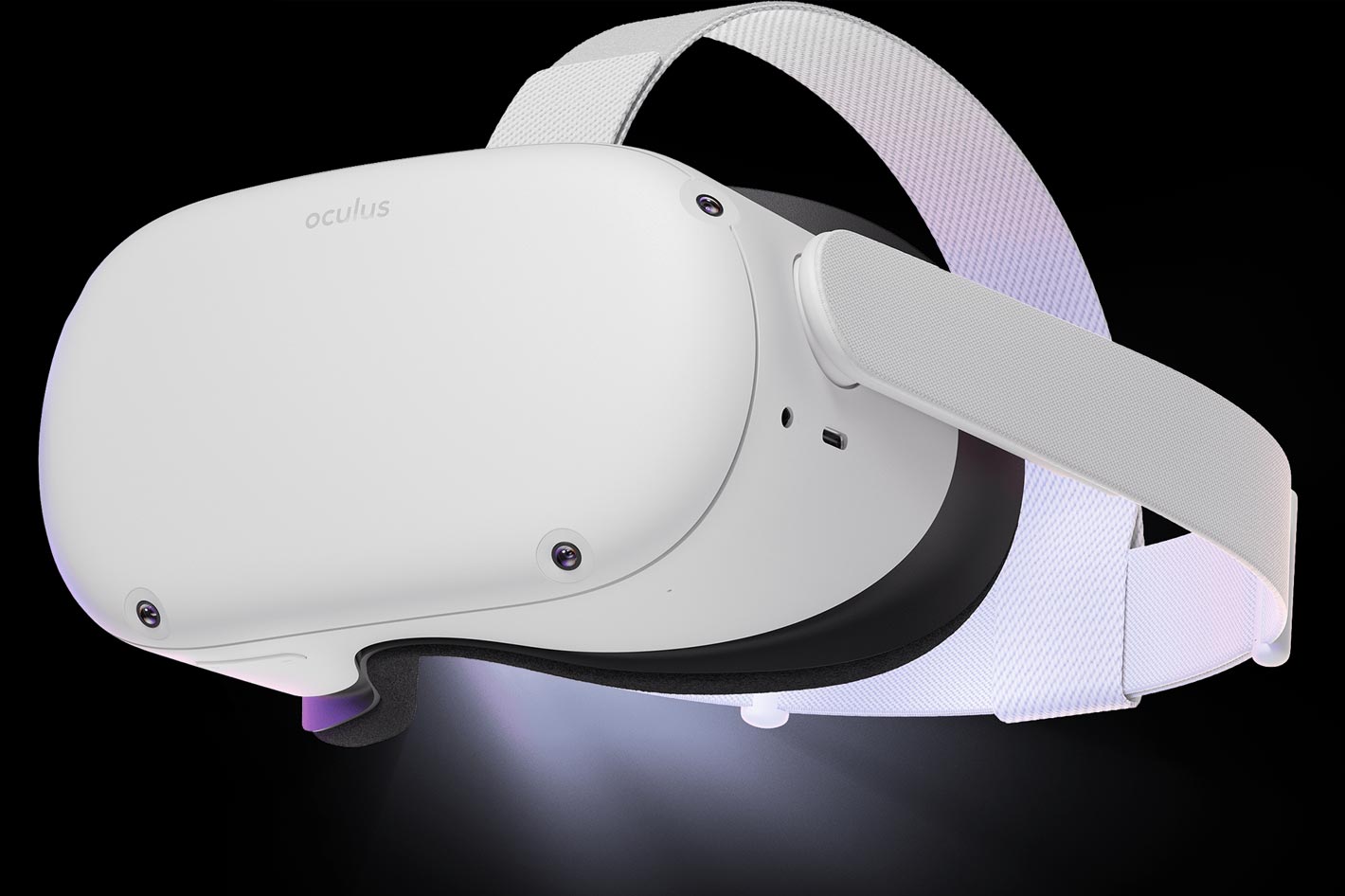 Quest 2 for the masses, HP Reverb G2 for the rest
Quest 2 for the masses, HP Reverb G2 for the rest
The problem, from where I see it, is that this October the new HP Reverb G2 comes to the market, priced at $599.99, and it offers 2160 x 2160 pixels per eye – for a “screen” of 4320 x 2160 – and as it connects directly to a PC, there is no compression of the images moving from the PC to the headset. Yes, it is true that you need a powerful computer to move all those pixels, but NVIDIA just introduced its new RTX family, and even the humble RTX 3070, which will have a price of $499, will, paired with a fast processor and the adequate memory, take your VR experiences to a whole new level.
We’ve had, for a while now, fast enough CPUs that can handle VR, and the most recent versions from Intel and AMD offer users a variety of options. Until now one of the key problems of PCVR was the limitation created by the GPU, but NVIDIA’s new generation appears to solve the problem for good… or for a while. I’ve pre-ordered the HP Reverb G2 and I want to order a RTX 3080, to pair with the Intel i7 9700k I already have and explore the new VR experiences being launched.
Facebook has yet to solve a series of technical limitations – it that’s possible at all – to make the Oculus Quest 2 able to show titles, especially those graphically complex, with a quality similar to what a real PCVR offers. Even with the Oculus Link providing the connection, what Quest 2 users get is a compressed vision of what those using a PCVR headset experience. So, yes, the basic headset with nothing else is affordable – one has to wonder how much Facebook loses per unit – , may attract more users to VR, but does not give them the full experience VR can offer.
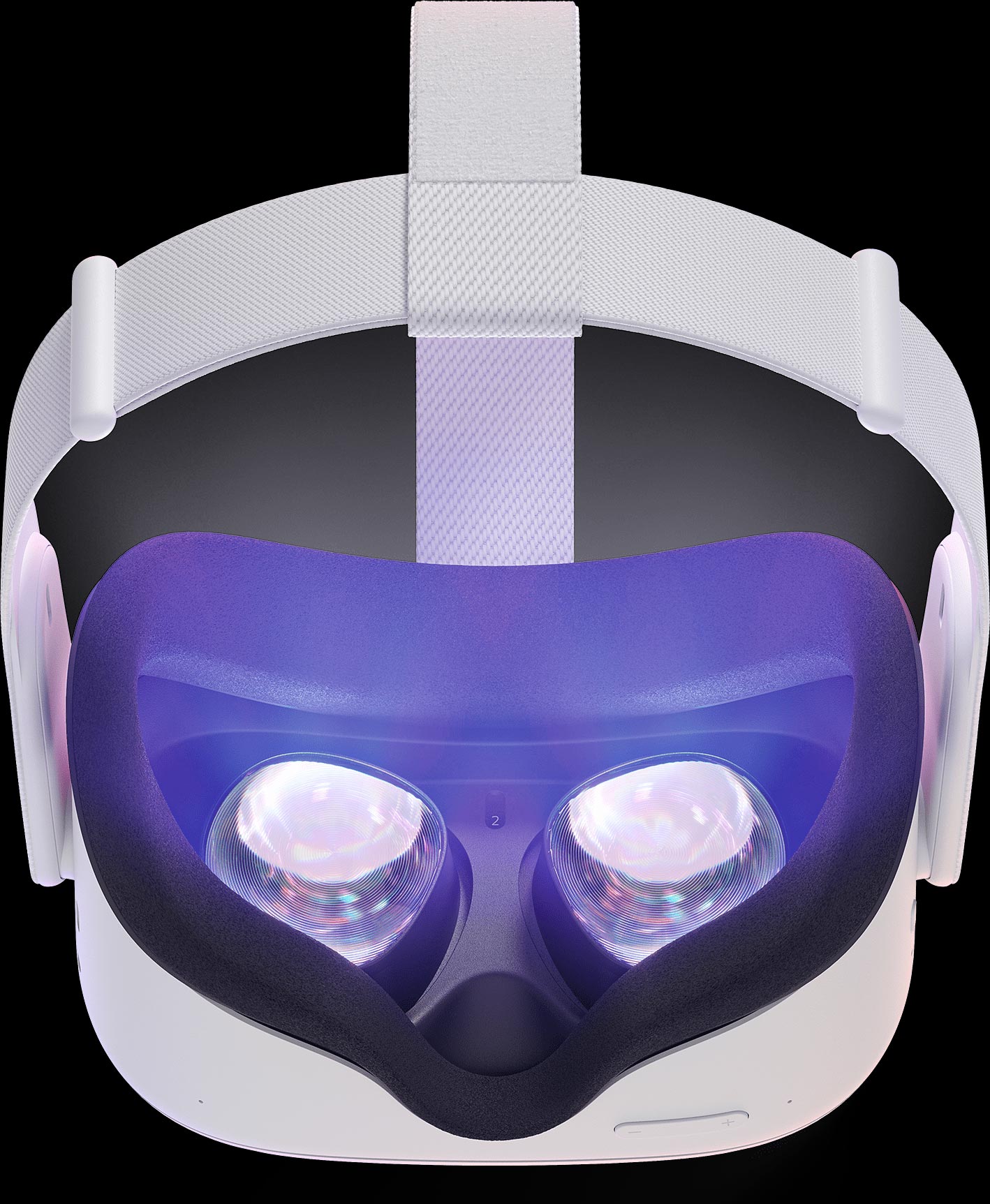 Want the Quest 2? You need a Facebook account
Want the Quest 2? You need a Facebook account
There is also another point that those who want to try VR may want to remember: buyers of the Oculus Quest 2 must have a Facebook account and will have to use it to login using the headset. Facebook believes that VR is the social platform of the future – like Second Life promised to be years ago, only in VR now -, and its Horizon platform, where users can create avatars and meet each other is a key feature of the Oculus (Facebook?) universe. One, where, the company has said, “Facebook can invisibly observe users in real-time to spot rule violations”.
The move by Facebook has made many VR enthusiasts, who do not use Facebook or do not want to use any type of social networks to ask what are the real intentions from the company, who is often pointed as mining information from users to sell elsewhere. Is Facebook going to spy on you while you watch movies in VR, to profile you and, sometime in the future, start injecting advertising into your VR headset?
Two things I believe: with Virtual Reality becoming more important in recent productions and with so many VR experiences available now, especially as the pandemic made film festivals go virtual, having a good VR headset is essential if you want to understand where the industry is going. The recent Venice VR Expanded offered some 30 experiences to watch, and the number of events including VR sections is growing. The 64th BFI London Film Festival, coming this October, announced LFF Expanded, the festival’s new dedicated strand of XR and Immersive Art, and the list is growing.

Filmtools
Filmmakers go-to destination for pre-production, production & post production equipment!
Shop Now